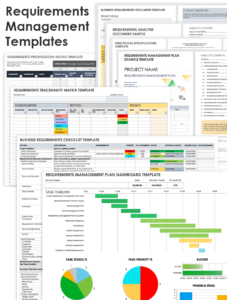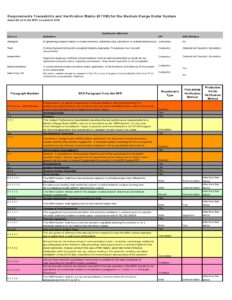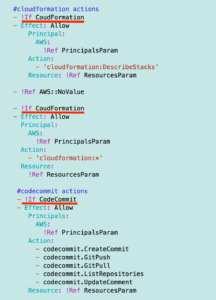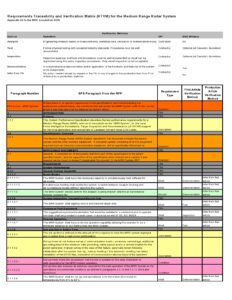In the world of software development, ensuring that your product meets the needs of your users is paramount. One essential tool for achieving this is the Requirements Verification Matrix (RVM). An RVM is a systematic way of tracking and verifying that all requirements for a software system are met. In this article, we’ll provide you with a comprehensive guide to requirements verification matrix templates, empowering you to optimize your software development process and build products that exceed expectations.
An RVM is a tabular representation of the requirements for a system, along with the tests that will be used to verify that each requirement has been met. By using an RVM, you can ensure that no requirement is overlooked and that all tests are documented and traceable. This helps to prevent defects from being introduced into the system and reduces the risk of costly rework.
Creating an Effective Requirements Verification Matrix Template
Creating an effective RVM template requires careful planning and attention to detail. Here are some key considerations:
- Identify all requirements: The first step is to gather and document all of the requirements for the system. This can be done through a variety of methods, such as interviews with stakeholders, analysis of use cases, and review of existing documentation.
- Establish verification criteria: For each requirement, you need to define the criteria that will be used to verify that it has been met. This may involve specifying acceptance criteria, such as functional or performance requirements.
- Design test cases: For each verification criterion, you need to design test cases that will test the requirement. These test cases should be specific, measurable, achievable, relevant, and time-bound.
- Create the matrix: The RVM is a tabular representation of the requirements, verification criteria, and test cases. The matrix should be organized in a way that makes it easy to track progress and identify areas that need attention.
Benefits of Using a Requirements Verification Matrix Template
Using a requirements verification matrix template offers numerous benefits, including:
- Improved traceability: An RVM provides a clear and concise way to track the requirements throughout the development process. This makes it easy to see which requirements have been verified and which still need to be tested.
- Reduced risk of defects: By using an RVM, you can ensure that all requirements are thoroughly tested and verified. This helps to prevent defects from being introduced into the system and reduces the risk of costly rework.
- Increased efficiency: An RVM can help to streamline the testing process by providing a clear and organized way to track progress. This can lead to increased efficiency and reduced time to market.
- Improved communication: An RVM can help to improve communication between the development team and the stakeholders. By providing a shared understanding of the requirements, the RVM can help to reduce misunderstandings and ensure that the final product meets the expectations of all parties.
- Compliance with regulations: In some industries, it is necessary to comply with regulations that require the use of a requirements verification matrix. Using an RVM can help to ensure compliance with these regulations.
Conclusion
A requirements verification matrix template is a valuable tool for ensuring that the requirements for a software system are met. By using an RVM template, you can improve traceability, reduce the risk of defects, increase efficiency, and improve communication. Ultimately, using an RVM template can help you to develop products that meet the needs of your users and exceed expectations.
We encourage you to explore the available requirements verification matrix templates and choose one that best suits your needs. By following the guidelines outlined in this article, you can create an effective RVM that will help you to deliver high-quality software products.



